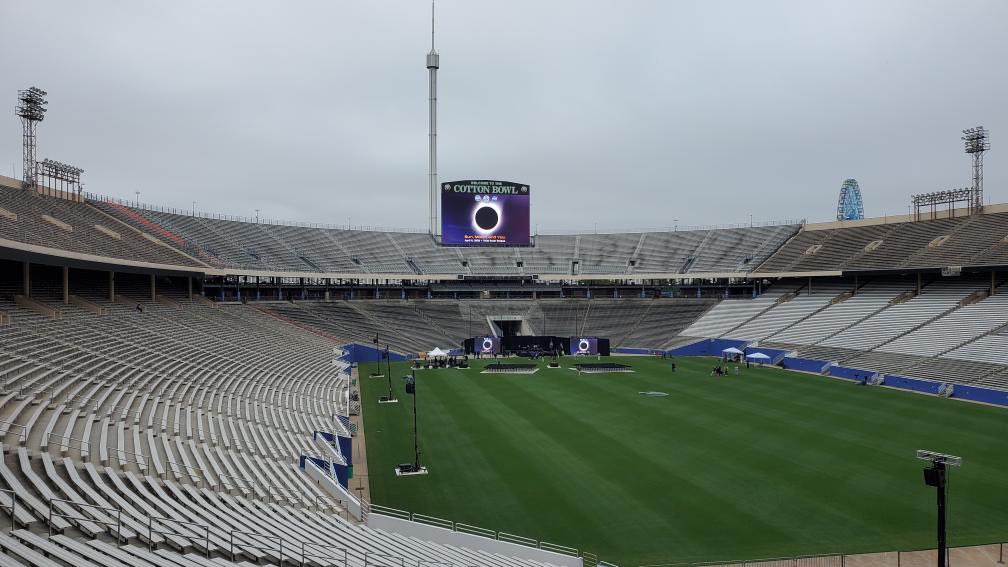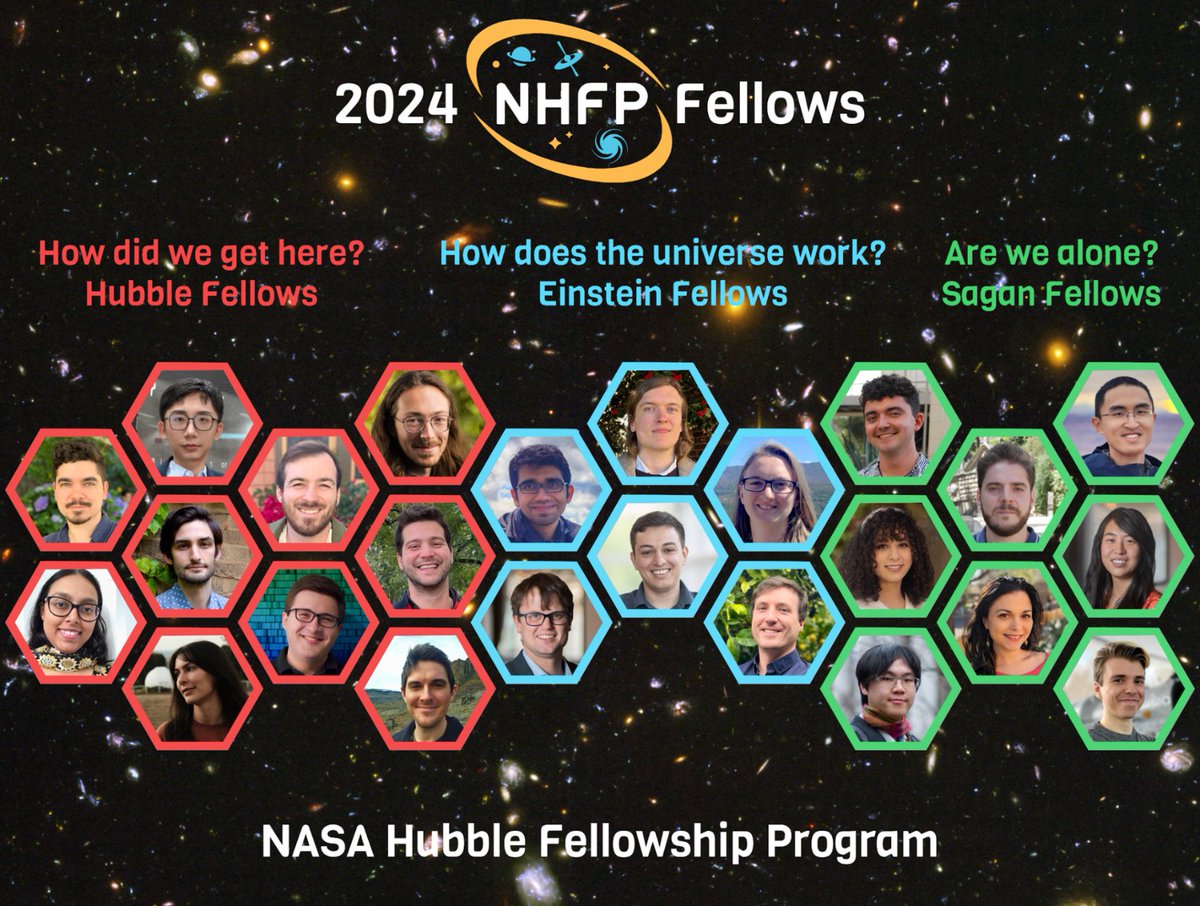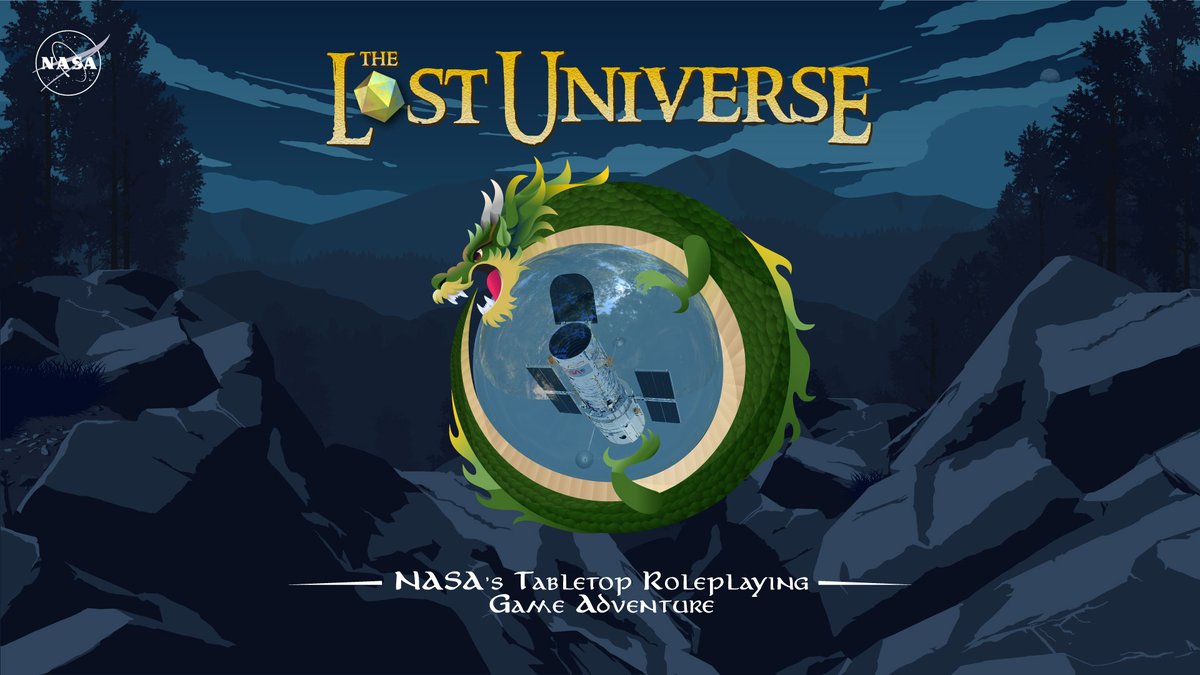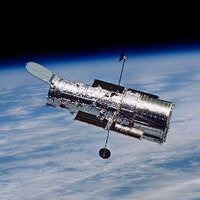
Hubble
@NASAHubble
The official X account for the NASA Hubble Space Telescope, managed and operated by NASA's Goddard Space Flight Center.
ID:14091091
http://www.nasa.gov/mission_pages/hubble/main/index.html 06-03-2008 20:15:02
7,5K Tweets
9,0M Followers
70 Following
Follow People

Originally released in celebration of Hubble's 100,000th orbit in 2008, this #HubbleClassic image shows a spectacular scene of starbirth.
About 170,000 light-years away, this nebula is in the Large Magellanic Cloud, a satellite galaxy to our Milky Way: go.nasa.gov/4cMB0pM
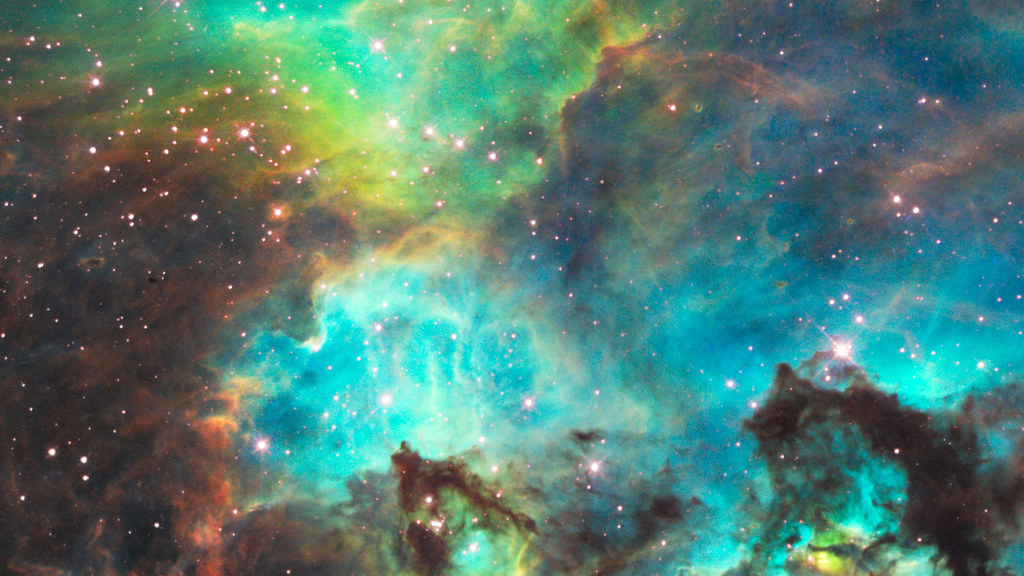


Happy #NationalLibraryDay ! 📚
Celebrate with a new Hubble e-book, all about the mission's recent discoveries about dark matter and dark energy – two mysterious and fundamental components of our universe.
Download and read for free here: go.nasa.gov/3vEvZyF
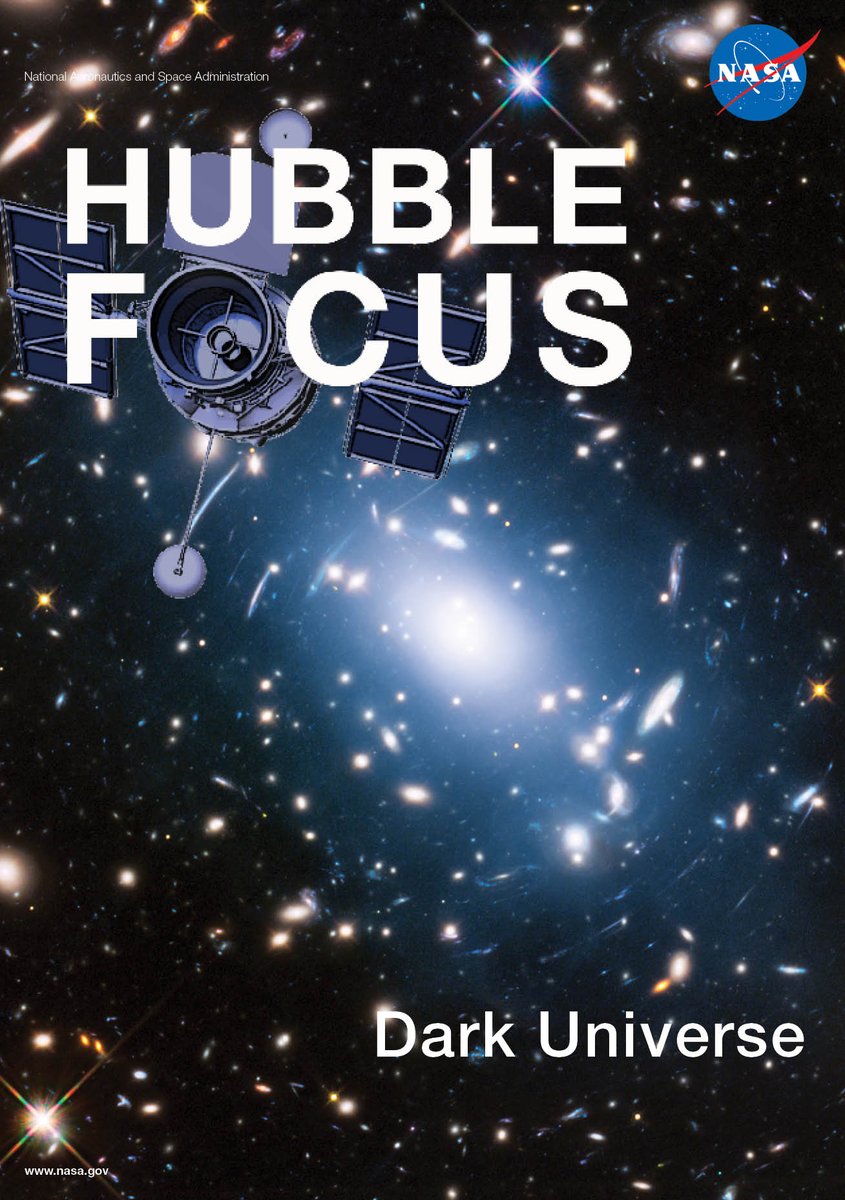

Galactic besties 🌀
The spiral galaxy in this week's #HubbleFriday image is NGC 5996. Beneath it to the left is a smaller companion galaxy called NGC 5994.
Together, this pair is known as Arp 72. They're both about 160 million light-years from Earth: go.nasa.gov/43HJhHn
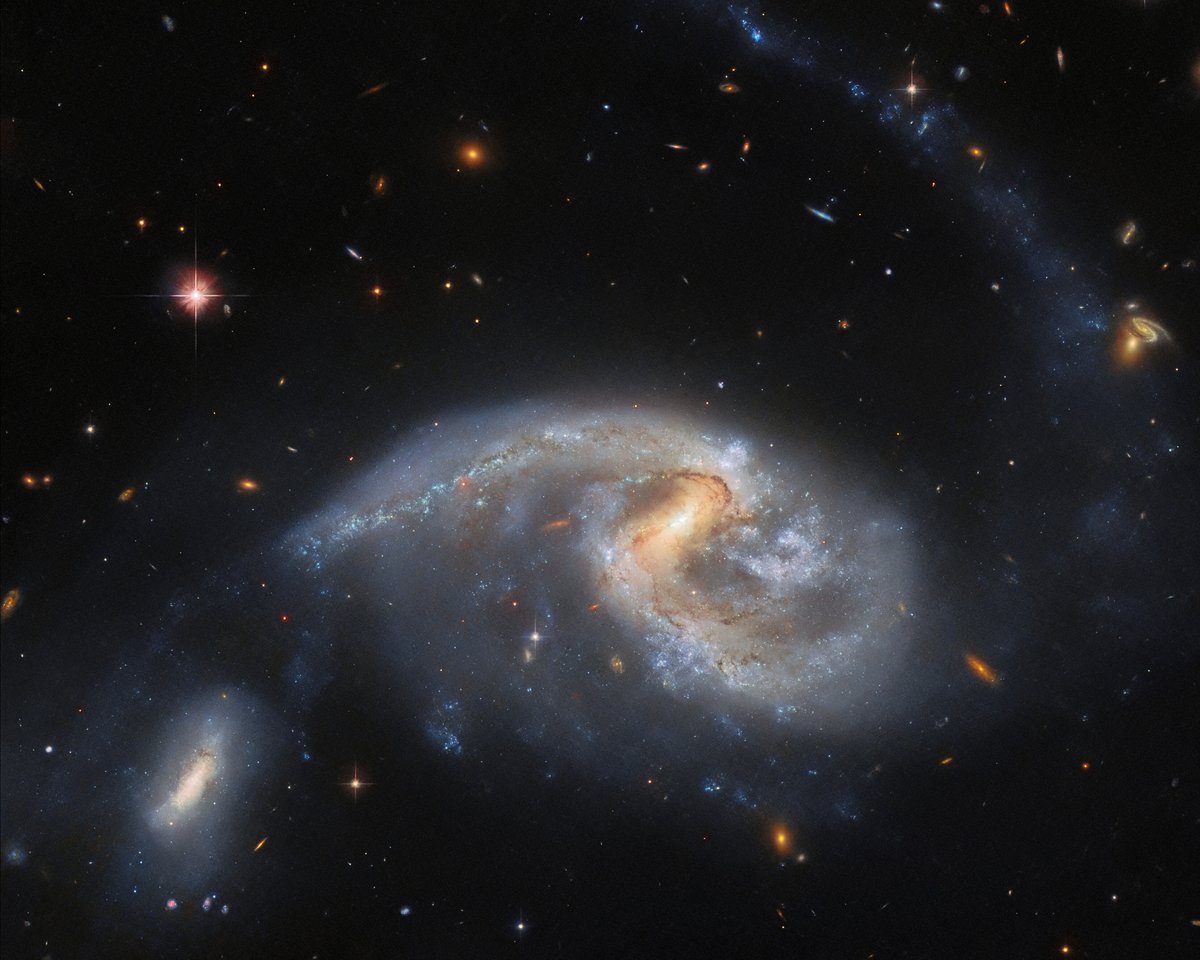

Spring cleaning? 🧹
Your dust bunnies probably aren't this big.
The opaque, dark knot of gas and dust in this #HubbleClassic view is a Bok globule – a concentration of elements that are responsible for the formation of stars throughout the universe: go.nasa.gov/3vAShBr
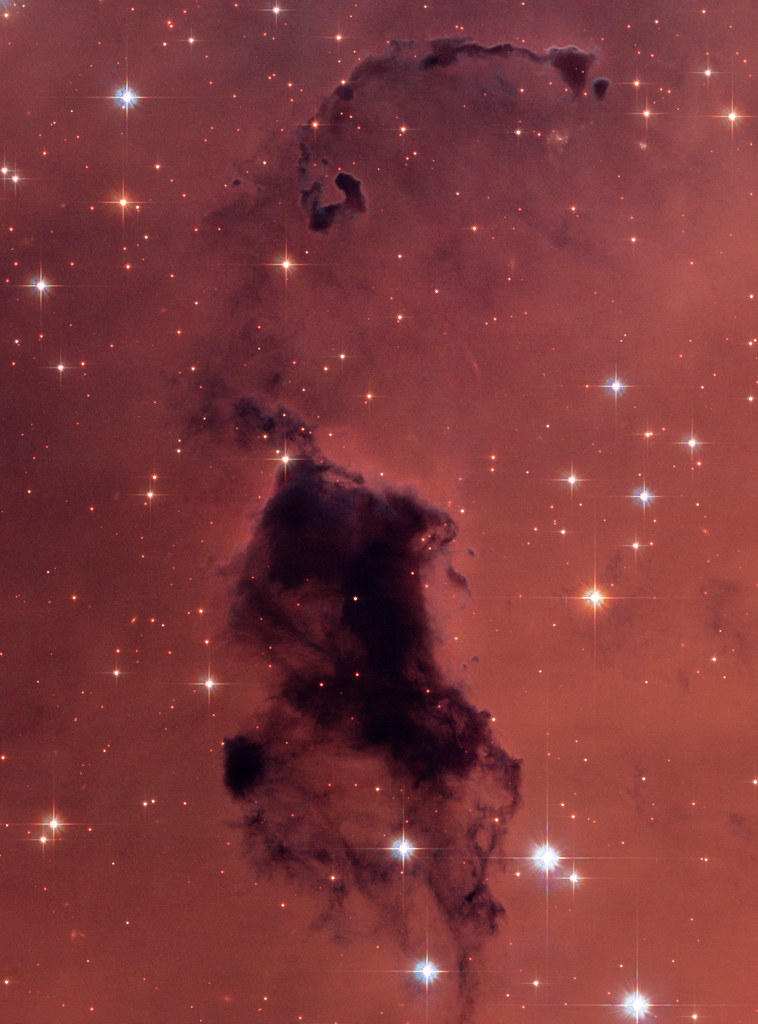



A field of stars ✨
This week's #HubbleFriday image features the globular star cluster NGC 1651. Globular clusters are roughly spherical groups of stars held together by their mutual gravity.
NGC 1651 is located about 162,000 light-years away: go.nasa.gov/3TYRy6x



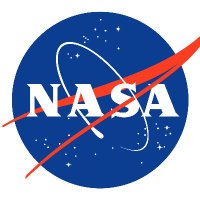

Stages of starbirth unfold in this #HubbleClassic view of N11B.
The stars near the left have stellar winds that blow away nearby gas, which collides with nearby dense clouds that can collapse under their own gravity and start to form new stars: go.nasa.gov/49aQG2W






